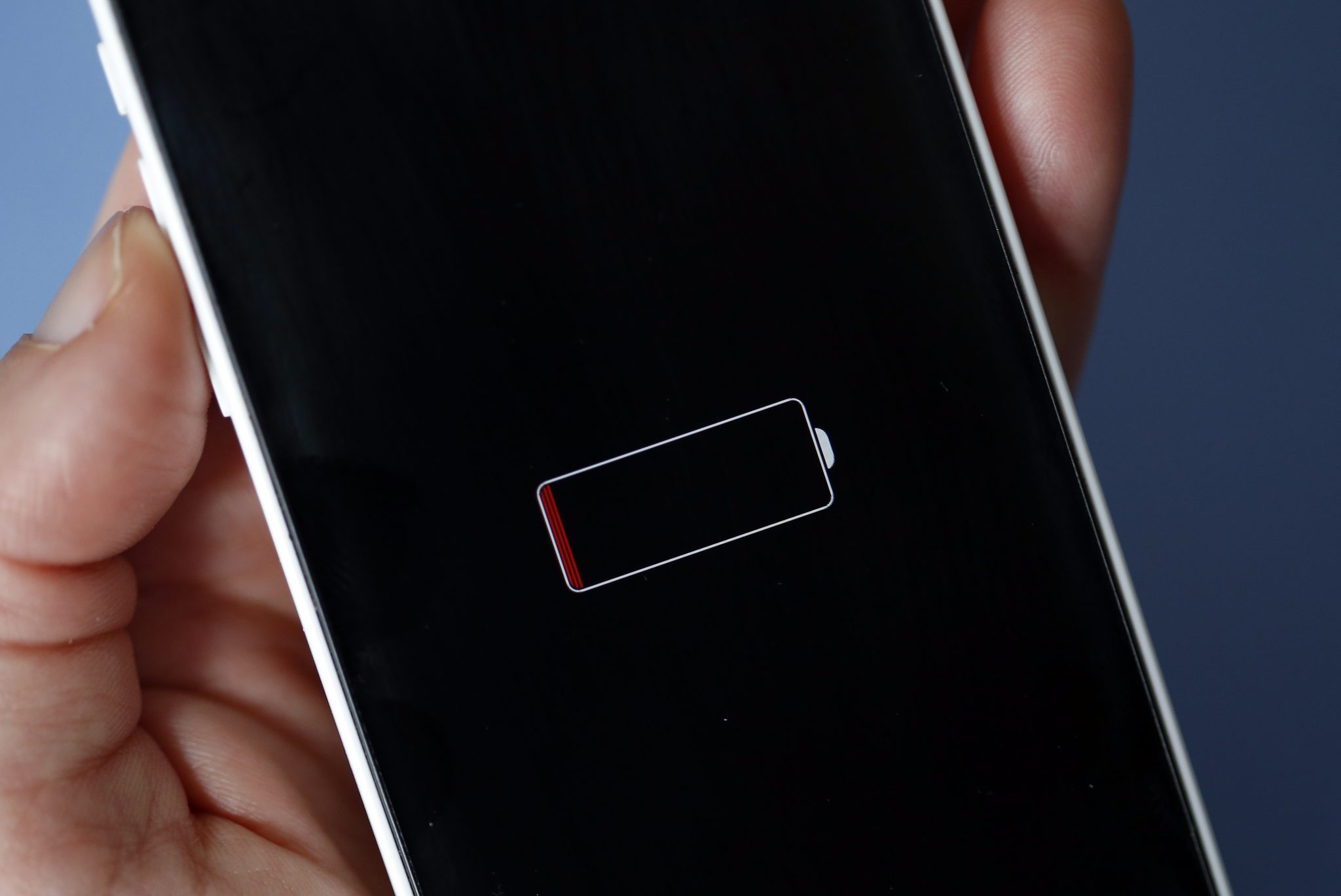
I personally haven’t been impressed with Apple lately. They have had several chances to blow us out of the water, but they seem to be falling short. For the most part, not with the products themselves, but just how some things are being done outside of the products. Take the launch of the iPhone X for example. How long did it take for some people to get their phones? Sure, the wait time seemed to decrease, but the fact that they were estimating not being able to ship your phone well until the first quarter of 2018, left a bad taste in my mouth.
But it didn’t stop there. You might remember, Apple was expected to launch their version of the home assistant before Christmas. But they let consumers know sometime in November that they weren’t going to be able to meet that goal. There were some other issues, but they pale in comparison to this. Apple recently confirmed that they deliberately slowed down older iPhones. Apple has since issued an apology, but is that enough? Apple explains:
With a low battery state of charge, a higher chemical age, or colder temperatures, users are more likely to experience unexpected shutdowns. In extreme cases, shutdowns can occur more frequently, thereby rendering the device unreliable or unusable. iOS 10.2.1 (Released January 2017) includes updates for previous models of iPhone to prevent them from unexpectedly shutting down. This includes a feature for iPhone 6, iPhone 6 Plus, iPhone 6s, iPhone 6s Plus, and iPhone SE to dynamically manage the instantaneous performance peaks, only when needed, to prevent the device from unexpectedly shutting down. This capability was also extended to iPhone 7 and iPhone 7 Plus with iOS 11.2, and we will continue improving our power management feature in the future. This feature’s only intent is to prevent unexpected shutdowns so that the iPhone can still be used.

But like I said – is that enough? The short answer is no. Apple is now being sued in a class action lawsuit related to this move. Cases have been filed in central California, Chicago, the Bay Area, New York, northern California, Israel, France, Korea and Texas. More than one lawsuit has been filed in some of these locations. The specific claims made in cases vary, but an obvious common theme is that Apple worsened consumer experience on the phones. Further to that, they didn’t give the consumer an opportunity to opt out and failed to inform them about the degraded experience.
While this lawsuit isn’t unreasonable, one claim is. A plaintiff in California is asking for $999 billion in compensation. This is obviously ridiculous, and will not go very far, but the entire lawsuit might.
Apple also noted this in their explanation:
This power management works by looking at a combination of the device temperature, battery state of charge, and the battery’s impedance. Only if these variables require it, iOS will dynamically manage the maximum performance of some system components, such as the CPU and GPU in order to prevent unexpected shutdowns. As a result, the device workloads will self-balance, allowing a smoother distribution of system tasks, rather than larger, quick spikes of performance all at once. In some cases, a user may not notice any differences in daily device performance. The level of perceived change depends on how much power management is required for a particular device.

Like I said before, Apple seems to be doing some things that aren’t sitting well with consumers. But that isn’t stopping people from buying their products. Apple essentially has a monopoly on the market when it comes to their “ecosystem”. Yes, you can get other devices that integrate together, but not quite in the same way as with Apple. Not only that, but their products are quite expensive. But people still buy them. It makes me wonder how much Apple can screw up and still be number one with Apple fans?
